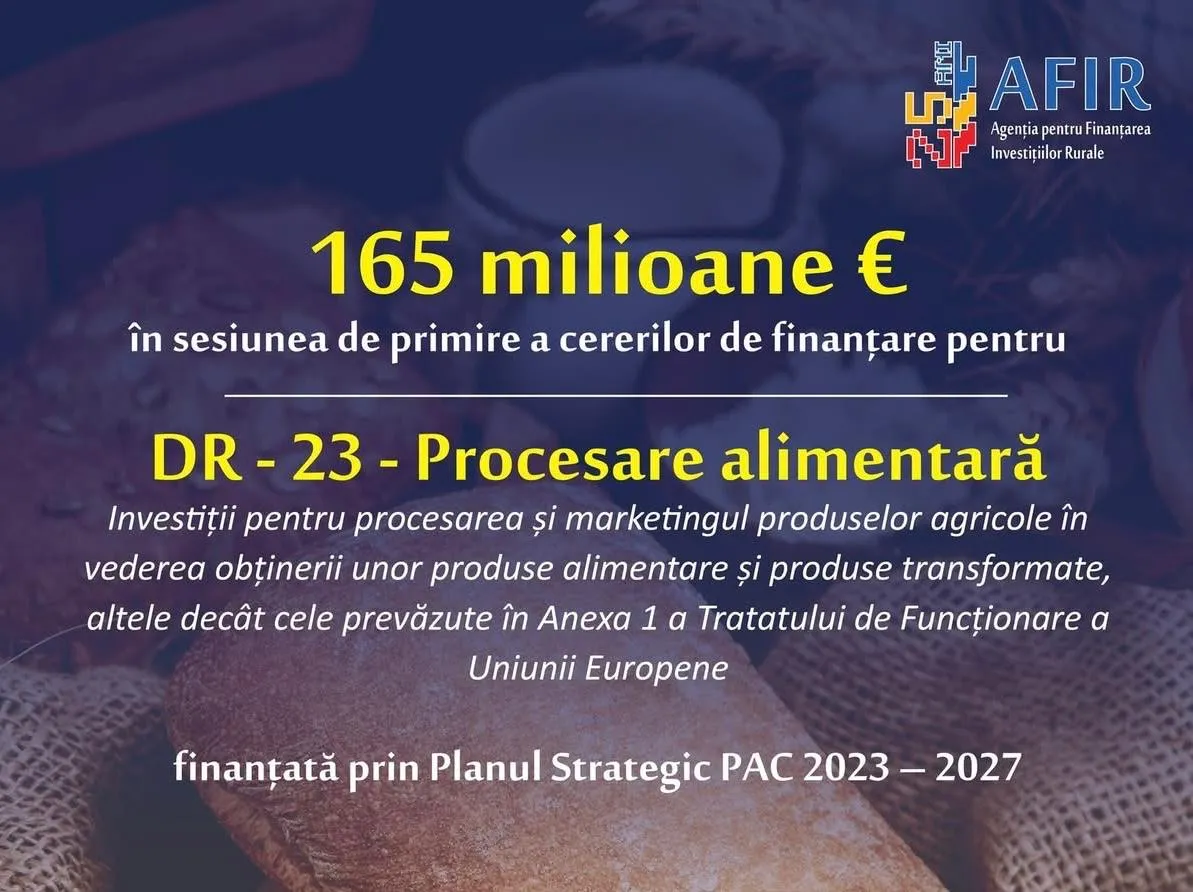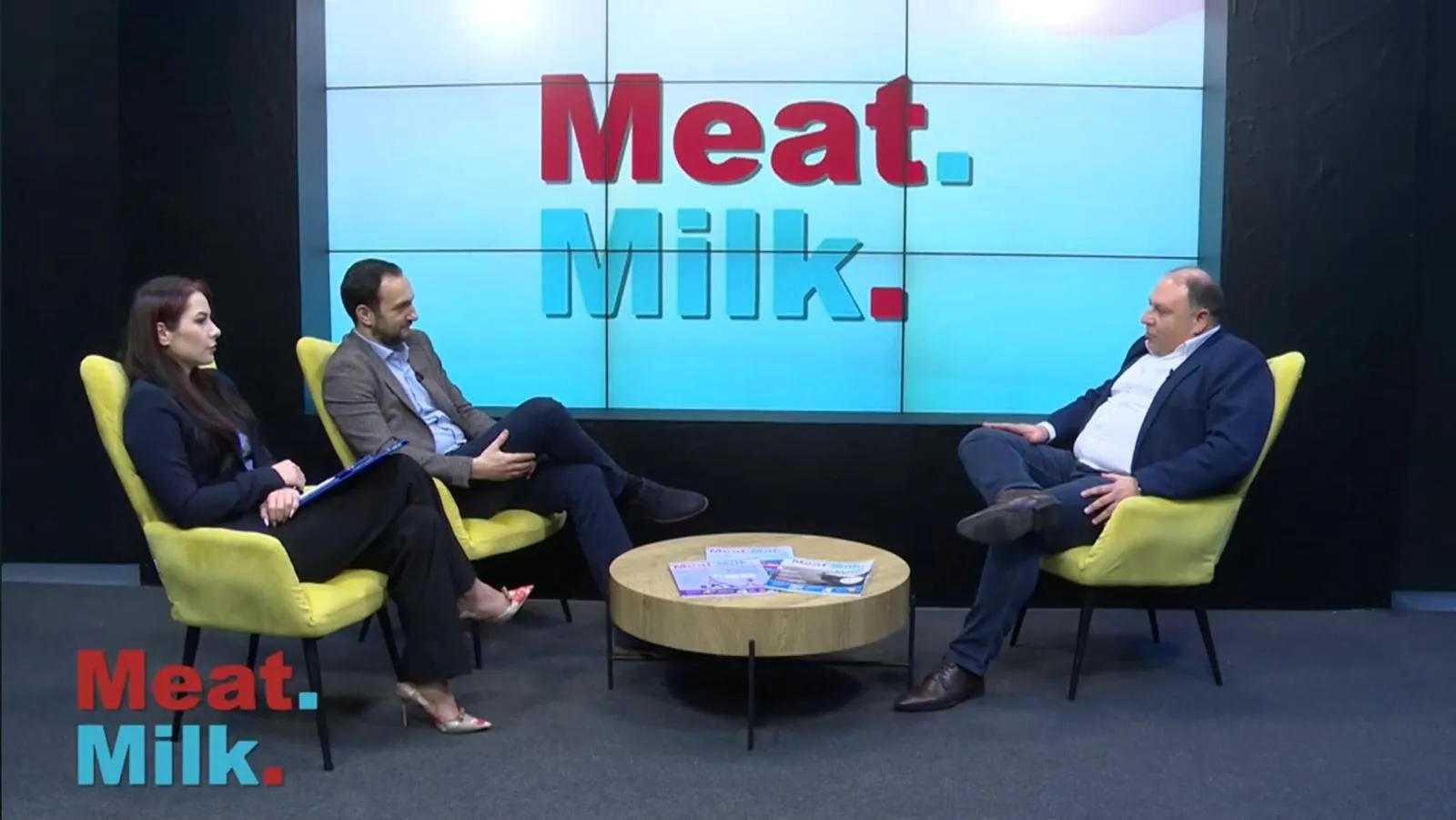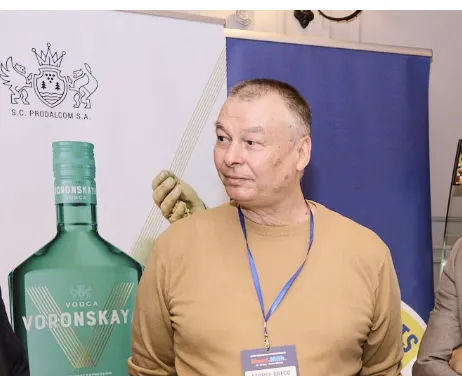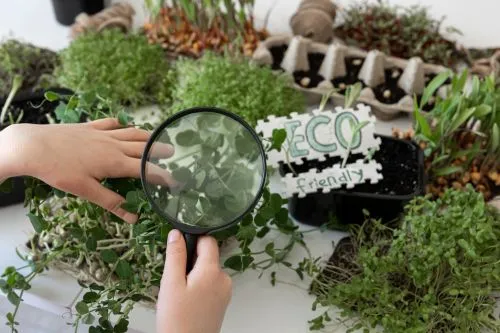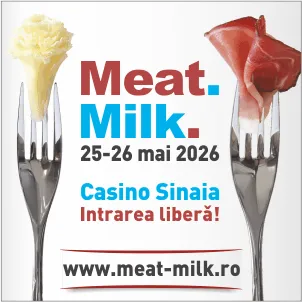585
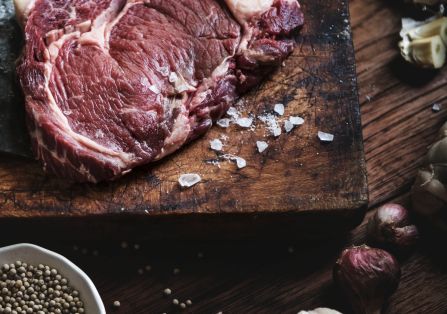
Meat aging, also known as dry aging or wet aging, is gaining ground in Romania’s meat industry, being rediscovered as a method to enhance the sensory and commercial quality of the product. This process – widely used in Western markets – involves keeping meat at controlled temperatures and humidity for 14 to 60 days in order to achieve tenderness, aromatic intensity, and optimal color.
In Romania, aged meat is becoming increasingly present in premium restaurants as well as in specialized retail. Local producers are starting to invest in aging chambers equipped with ventilation, dehumidification, and microbiological control systems. The cost of a medium-sized aging unit starts at around €20,000, but the added value of the final product can increase by 30–70%.
Dry aging brings notable organoleptic benefits but involves weight losses of up to 20%, which is why it is preferred only for premium segments. In contrast, wet aging, carried out in vacuum-sealed bags, is more accessible to medium-sized processors and ensures greater consistency.
There is growing interest in standardizing aging practices in Romania, as the lack of precise regulations leads to variations in quality. Industry associations are calling for clear labeling definitions and stricter monitoring of production conditions. At the same time, staff training in modern aging techniques is becoming essential for the expansion of this practice in farms and slaughterhouses.
Driven by the demand for higher-quality products and traceability, aged meat could become a symbol of the re-professionalization of Romania’s meat industry, with export potential – where expertise and branding play a crucial role.
(Photo: Freepik)
